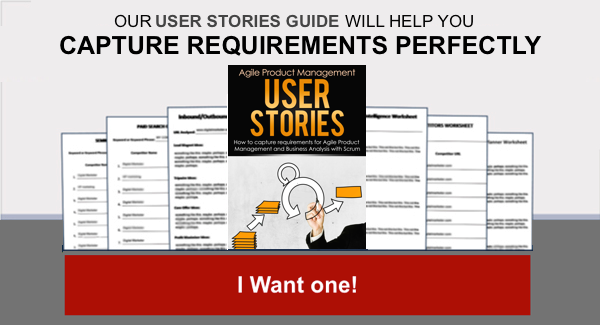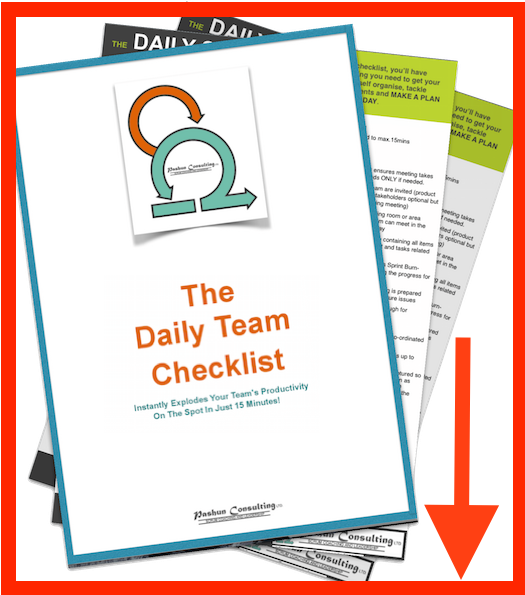Release Backlog (product backlog, scrum backlog,release plan,sprint backlog,release planning
Project deadlines are easily met when we have a solid plan and remove all blockers! In Scrum we often create a release plan for each release of the product or service.
The purpose of the release plan is to give the scrum team a reasonable forecast of the number of features (scope) that are likely to be delivered within a specific time frame. The time frame may be of less importance if the release is scope driven (as explained below). The release plan focuses the whole scrum team on the end game and vision of the product owner. This usually spurs on a highly motivated development team and brings any issues to the surface as early as possible.
A release plan is usually either scope driven or date driven. The key drivers for a date driven release, are usually marketing factors such as a sporting event, peak shopping season or national holiday. The chosen date is usually related to a source of revenue for the business.
The key driver for a scope driven release is a specific set of valuable features. For example, an F1 game may be of little value to the user without driver selection, circuit selection, race sequences and dynamic circuit map. However, it may be of little revenue for the business without some advertising built into the software. Therefore, the in game features plus advertising may be defined as a minimum scope for an acceptable release, and deemed more important than any date.
(NOTE: Want to learn how to capture product requirements to create your perfect product feature list for your ideal user? Check out the User Stories Guide so you can capture the requirements your user REALLY wants and be certain your product will sell before you create it! Get your User Stories Guide now.)
Once the team is fully resourced, it is obvious that the more features we add, the longer the product is likely to take to release. Similarly the closer we bring the date, the less features we are likely to build before launch. For this common sense reason, either the date or scope can be fixed but not both. That is to say that a project should be either date driven or scope driven.
It is also important to realise that attempting to add features or bring forward the date without updating the plan is likely to reduce the quality of the product since we end up trying to achieve the impossible and cause the same last minute scramble that scrum was designed to avoid. This is often something that a scrum master needs to communicate to stakeholders and a product owner if not already understood. In any case, a release plan allows sensible planning on a sprint by sprint basis, so as long as the plan is followed, the project should be plain sailing.
(NOTE: Want to learn how to capture product requirements to create your perfect product feature list for your ideal user? Check out the User Stories Guide so you can capture the requirements your user REALLY wants and be certain your product will sell before you create it! Get your User Stories Guide now.)

